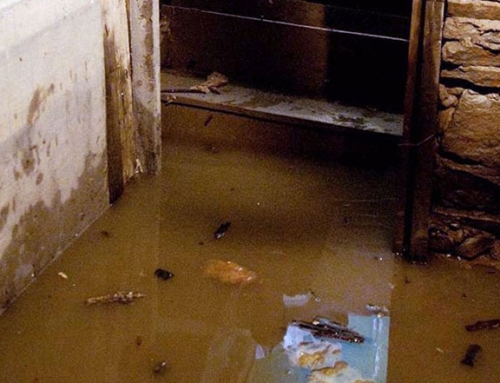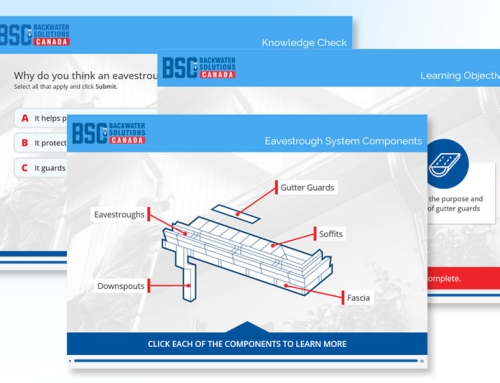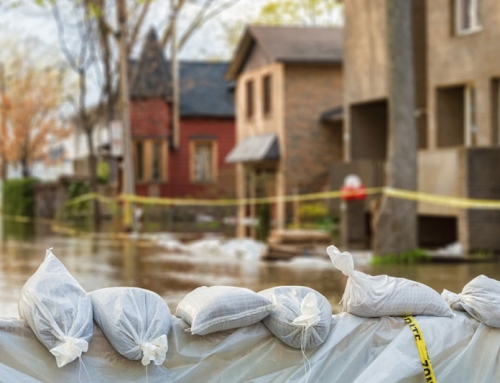Imagine, raw sewage pouring into your basement – yuk!!!
Sewage is flowing 15 feet from most homes – with no barrier of entry

Most homeowners in detached, semi-detached or townhomes do not realize how close they are to a sewer backup problem. The answer: 15 feet with no barrier to save you if you do not have a fully operational backwater valve. And if you have a valve and it has not been cleaned in the last year
In Canada, almost 50% of insurance flood payouts are sewer backup floods, according to The Canadian Institute of Actuaries – and sewer backups ARE PREVENTABLE.
Before we go there, let’s understand how these backups occur, why and then we’ll discuss what can be done to mitigate the risk of a sewer backup flood.
Combined or Separated Sewer systems can impact your likelihood of flooding
In early urban development, homes were generally built near to a water source. Very often that water source (a river or a lake or the sea), became the recipient of storm water runoff and sewage runoff (after passing through a sewage treatment plant). Let’s consider these homes as being in “older” neighbourhoods. In those early days, the underground pipes were generally designed to cater to both storm water runoff as well as sewage run off, through a single pipe (this is referred to as a Combined System).
As time passed, urban planners became smarter and realized that it was better to plan homes in “newer” neighbourhoods with two external pipes, keeping storm water and sewage separate as they had different end points (storm water did not have to go through a treatment plant), and by so doing, providing greater capacity for increased flow as population grew in the area. This is referred to as a Separated System. The image below provides a visual of the two different systems.

In theory, this was great, except for a number of factors that have surfaced over time:
1. Rapid growth of urban populations beyond what was expected by early planners
2. Climate change – leading to increased frequency and intensity of rainstorms, and
3. That the route of storm water runoff and sewage runoff still had to pass through the “older” neighbourhoods that had older infrastructure.
All of the above has the potential to create a blockage or a backup, which could ultimately lead to a sewer backup in your home if you don’t protect your home from that eventuality.
This is why you need to care
The following video provides a very good explanation about such water and sewage flows, although they just talk about a separated system environment. While their explanations are great, just think about the effects if you live in one of those older neighbourhoods and that your sewer system just beyond your home is a combined system – the risks to you are much higher. Also, even if you are in a newer neighbourhood, the dramatic increases in urbanization and effects of the increased frequency and intensity of rainstorms can easily overwhelm sewer pipes in a matter of seconds – giving you the same sewer backup risk, regardless if you are in a low lying area or not.
Homeowners’ cannot rely on municipal systems to protect them 100%. They sometimes do get overwhelmed. Acts of God cannot be protected against. However sewer backups are not acts of God. They just represent an opportunity for owners to take charge of what happens in and around their homes, because that CAN MAKE A DIFFERENCE.
There are many things that owners can do to protect themselves from potential flooding, including sewer backups. It begins with knowing what aspects of their home are required to work optimally to keep water out, and Backwater Solutions Canada has devised an inspection that provides that information to the homeowner.
For more information about this service visit our Homeowners page or call us directly at 1-833-966-3566 for a free consultation.












